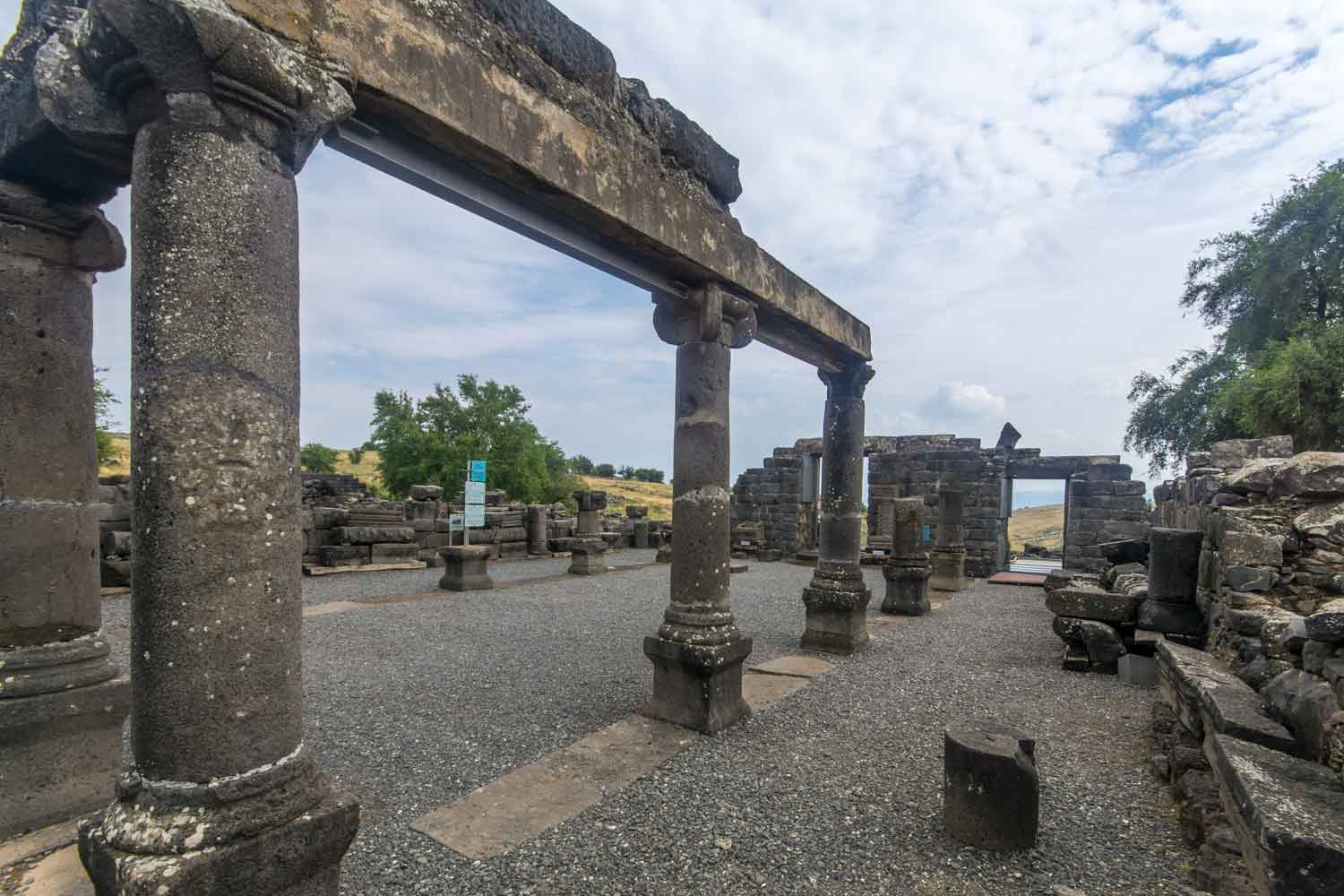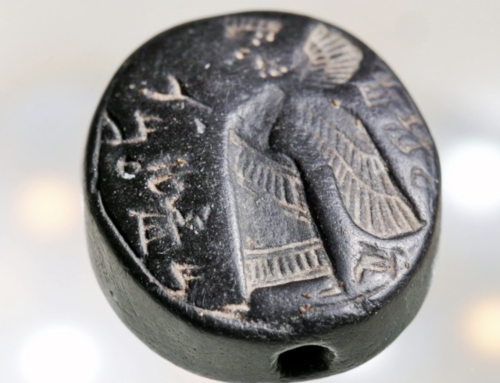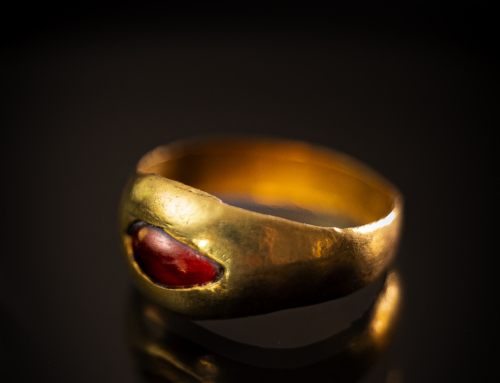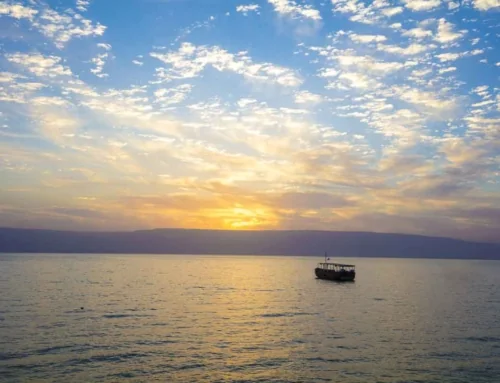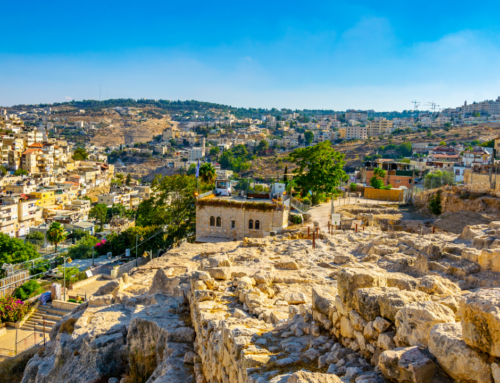“Woe to you, Chorazin! Woe to you, Bethsaida! For if the miracles that were performed in you had been performed in Tyre and Sidon, they would have repented long ago in sackcloth and ashes.” – Matthew 11:22
Chorazin, which means “the city of proclamation” is located in the area of the Galilee on the Korazim plateau, a volcanic plateau north of the Galilee , east of the Jordan, southeast of Mount Canaan and south of Hula Valley. The town was known for its grain production and was an area that grew tremendously after the expulsion of the Jews from Judea in the second century. However, by the fourth century Chorazin is described as being in ruins, likely from an earthquake.
It is known along with Bethsaida and Capernaum to be part of the “Evangelical Triangle” where Jesus taught much of his ministry.
Chorazin was inhabited again off and on over the coming centuries. In the fourth century, the synagogue was rebuilt.
Chorazin Features
It is a national archeological park maintained by the the Israeli Nature and Parks Authority.
The park is now over thirty acres covering the area of the original Chorazin, but only a relatively small amount of that area is accessible for visitors.
The park has some amazing things to see, such as:
Synagogue– The synagogue currently there is built from basalt and would have been built in the 3rd-4th century. Many people thought beneath was just bedrock, meaning it had no previous history. However, the 3rd century synagogue was likely built upon the foundations of previous synagogues, including possibly where Jesus taught and said the famous verse.
A well-known Israeli archeologist discovered that beneath there were pottery shards from the first century at the latest. If this is the ancient synagogue from the first century, it would make it one of the oldest synagogues ever found.
A Holy Ark- No, not the Ark of the Covenant (what a find that would be!) but there were many arks then. This ark would have held the scrolls of the torah that would be read in the synagogue. They would have the the ark facing Jerusalem. The ark is kept in the Israel Museum in Israel, but a replica is available to see in the synagogue.
The Moses Seat- A very rare find discovered in the excavation of the area was a Moses Seat, or the place where the Law of Moses was laid out to read. This one had an inscription written in Aramaic which read, “Remembered be for good Judah ben Ishmael who made this stoa and its staircase. As his reward may he have a share with the righteous”. If you were an honored guest, you would be allowed to sit in the seat as well. The seat is kept in the Israel Museum in Israel, but a replica is available to see in the synagogue.
Jesus preached about a Moses seat in Matthew 23;
Then Jesus spoke to the crowds and to His disciples, saying: “The scribes and the Pharisees have seated themselves in the chair of Moses. Therefore, whatever they tell you, do and comply with it all, but do not do as they do; for they say things and do not do them. And they tie up heavy burdens and lay them on people’s shoulders, but they themselves are unwilling to move them with so much as their finger. And they do all their deeds to be noticed by other people; for they broaden their phylacteries and lengthen the tassels of their garments. And they love the place of honor at banquets, and the seats of honor in the synagogues, 7and personal greetings in the marketplaces, and being called Rabbi by the people. But as for you, do not be called Rabbi; for only One is your Teacher, and you are all brothers and sisters. And do not call anyone on earth your father; for only One is your Father, He who is in heaven. And do not be called leaders; for only One is your Leader, that is, Christ. But the greatest of you shall be your servant. Whoever exalts himself shall be humbled, and whoever humbles himself shall be exalted.
It is also believed by some scholars that in Nazareth when Jesus read in the synagogue in Luke 4, that when he sat down, he didn’t just sit down in his previous position, but he actually went and sat in the Moses seat, which would have been the punctuation of him telling them that the prophecy had now been fulfilled (in him). So you can see the importance of finding a Moses Seat!
Ritual bath (mikveh)- As with all ancient cities in Israel, mikvehs were important facilities in relation to Jewish worship. a Mikveh was located and excavated.
Olive oil presses- Chorazim was known for its grains, but there were other agricultural pursuits as well. Wine and oil were also produced in the area. One press was found a few years ago by a visitor, quite by accident. It is dated to the fifth century and was just excavated in 2020. You never know what you may find in Israel.
Wine Press- A very elaborate wine press was discovered near the synagogue that had a very beautiful mosaic included. It is from around the fifth century.
Coins– Some findings are coming from even this past summer by local Israeli’s just visiting the site. A young Israeli girl was paying a learning scavenger hunt in the park. She then found a something interesting in the dirt that at first just looked like a rock. She took it to a staff member at the park and it turns out it was a 1500 year old coin! Always keep an eye open when you are walking around Israel!
We’d love to help you plan a tour that includes Chorazin! Contact one of our helpful tour operators. We’d love to help and if you are looking for a tour to join, check out our join a tour page!

